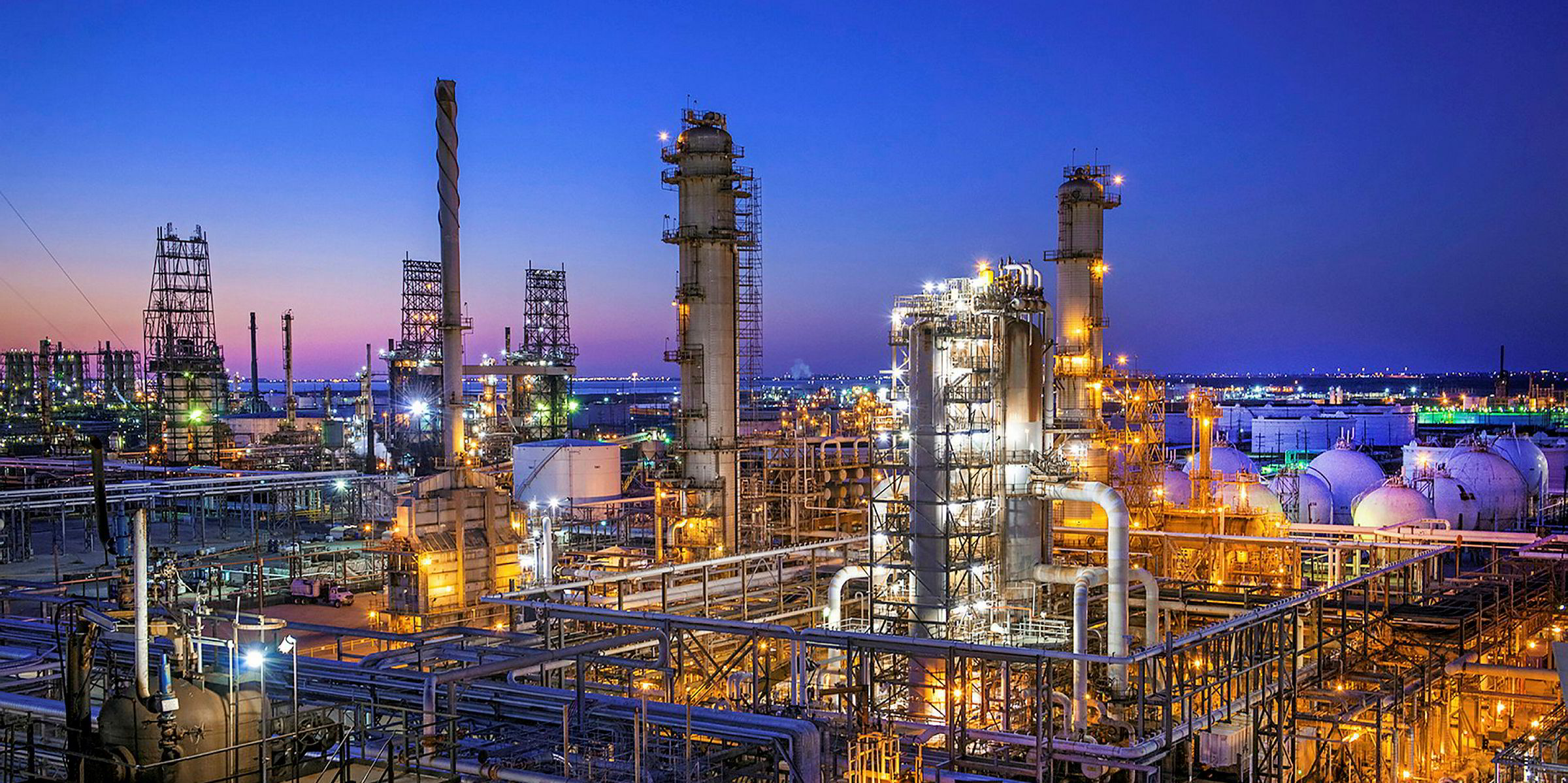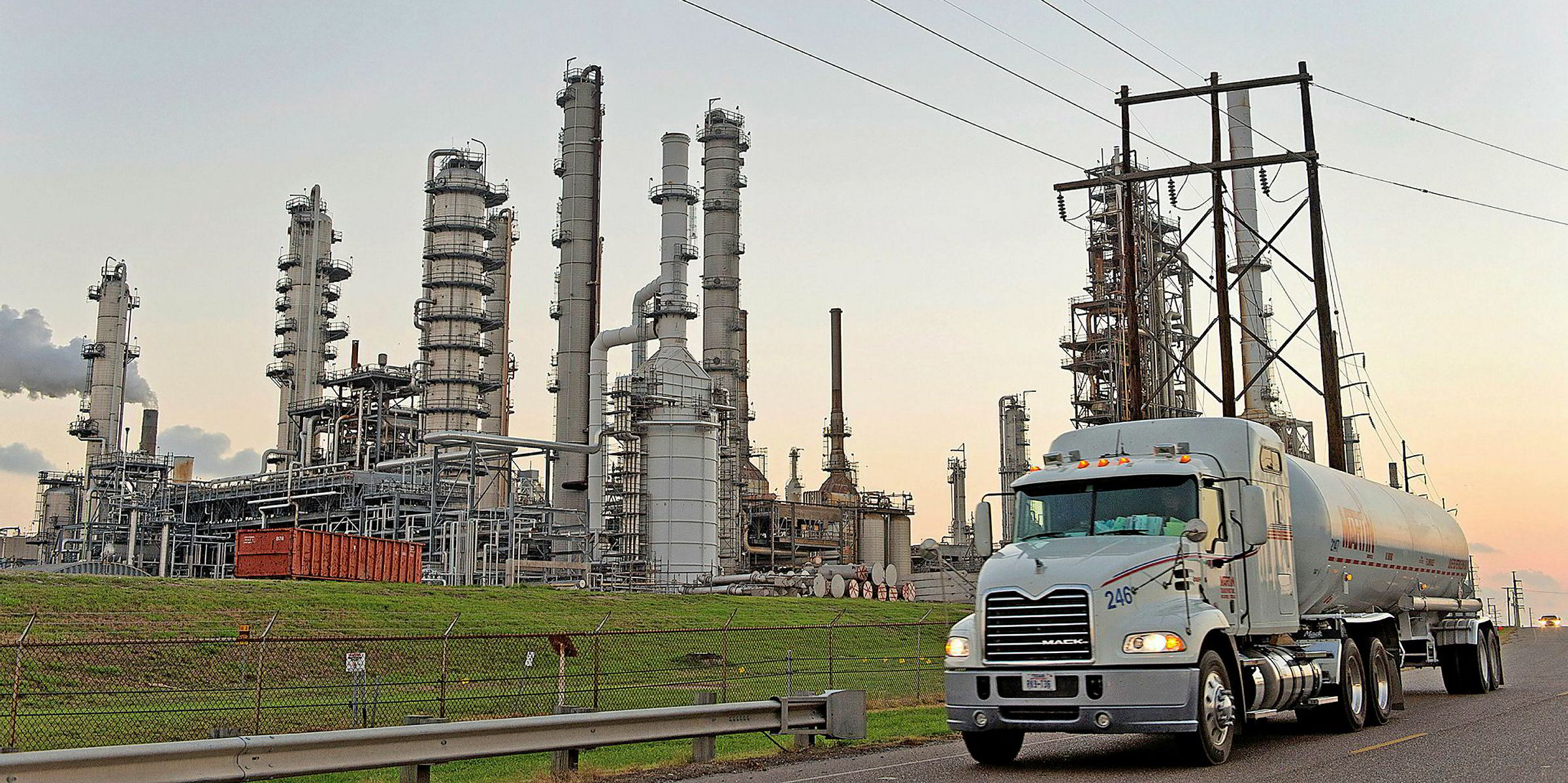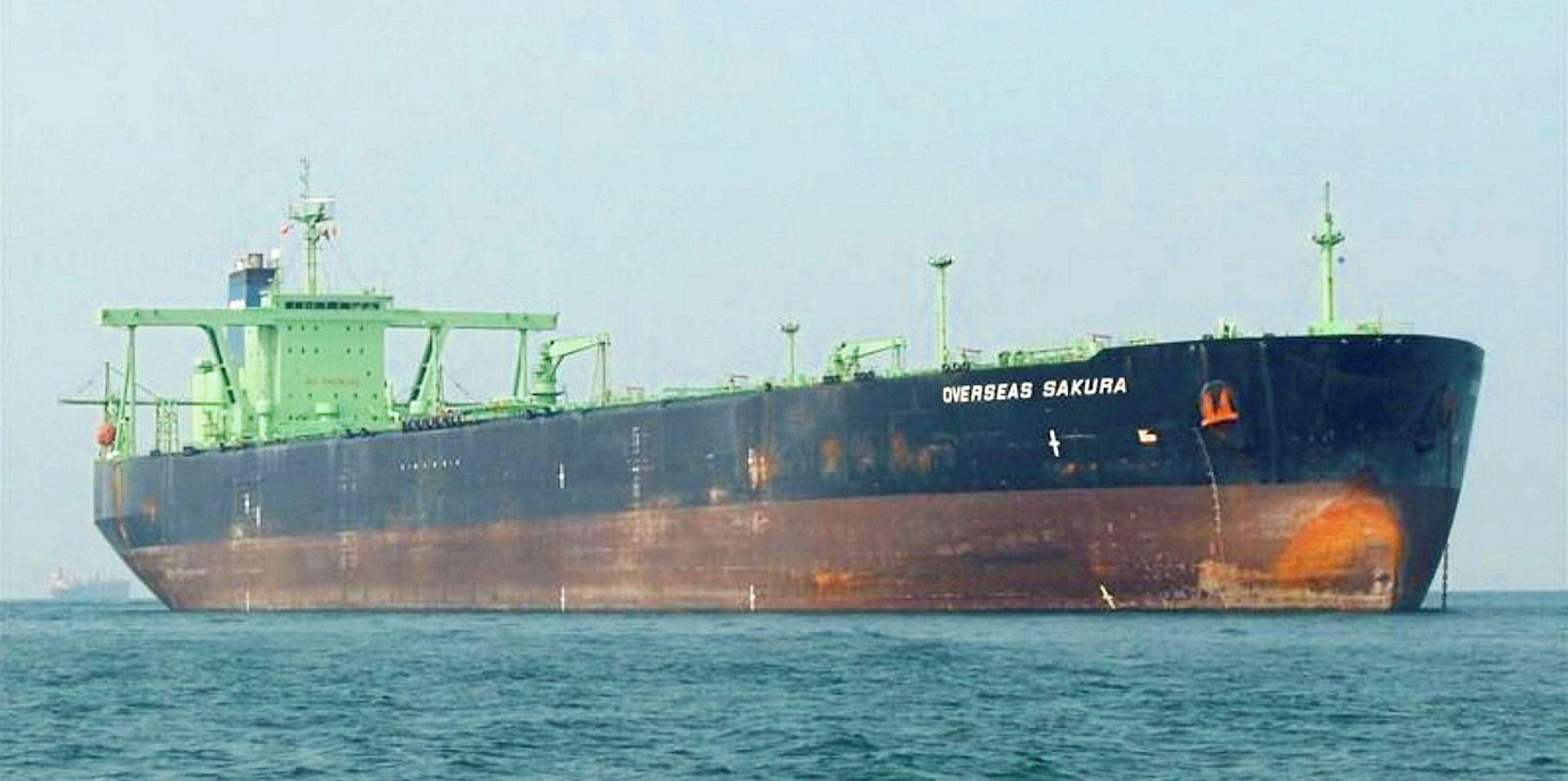One of the biggest questions for tanker owners and investors has been when the IMO 2020-led rally will begin.
How about right now?
After slowing down for most of the first half of the year, refinery throughput is beginning to pick up and looks poised to kick into high gear through the autumn. That is expected to bump up tanker demand — and create a ramp to higher rates brought on by the incoming emissions regulations.
“We think the second half of the year is certainly going to be strong,” Jefferies analyst Randy Giveans told TradeWinds, noting that throughput growth will reach levels not seen since the 1970s.
A lot of the fourth-quarter growth will be IMO 2020-related, he said, and much of the third-quarter growth will come from refinery throughput.
Oil refineries around the world pushed back the traditional late winter/early spring maintenance period into the second quarter of the year to prepare their facilities to produce more IMO 2020-compliant low-sulphur fuel.
Those facilities are expected to come back online in the coming weeks, raising throughput by one million barrels per day per month, starting this month, according to the International Energy Agency (IEA)’s latest Oil Market Report.
“[T]hroughput will pick up over the next week, which we expect will serve as a positive catalyst for rates,” Deutsche Bank analyst Amit Mehrotra wrote in a Monday note.
Overall, oil refinery throughput is expected to jump to 82.2 million barrels per day over the next month and to 84.7 million barrels per day by September.
Clarksons Platou Securities analyst Frode Morkedal described these IEA projections as “considerably very bullish” for tanker demand.

Giveans said the growth would not be confined to any specific region, as “pullback” — refineries producing less due to maintenance — had been global.
“If you look from February to March especially, you see a pullback in the Americas, in Europe, in Oceania, in the former Soviet Union, in China, in all of Asia, in the Middle East,” he said. “Literally, every region, except, it looks like, Africa ... has pulled back.”
Following the rise in throughput, rates have begun to climb.
The Baltic Clean Tanker Index is up 3.4%, from 504 last week to 521 points on Wednesday this week, although it is still down from highs of 744 in late March.
Mehrotra said the LR market has firmed slightly over the past week, with spot rates up 1% for LR1 and LR2 tankers, to $12,700 per day and $16,000 per day respectively, although MR tanker spot rates fell.
“Despite the pullback, product tanker spot markets remain near 2019 highs, a positive development considering concentrated refinery maintenance schedules have reduced global throughput by about [two million barrels per day in the year to date],” he said.
Handysize rates soar
Meanwhile, handysize rates have shot up over the last month, according to Clarksons, jumping 38% week over week. Spot rates for the largest clean tankers have also firmed on Middle East Gulf to Japan routes.
Elsewhere, rates have weakened, but with utilisation rates set to pick up and fleet deliveries slowing down on top of the non-traditional refinery maintenance season coming to an end, Giveans said things should pick up.
“[Utilisation and day rates] should certainly improve in the third quarter,” he said. “When these things reverse, when refinery maintenance is over and the deliveries slow, now both should benefit.”





